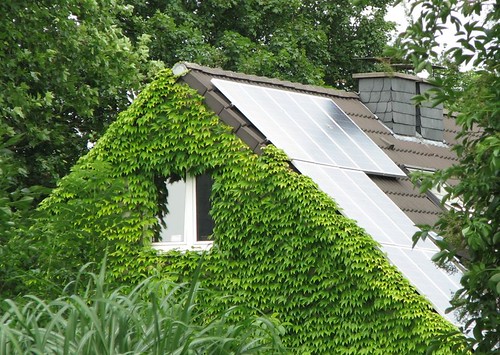I was talking to Guerry Waters, the VP Industry Strategy in the Oracle Utilities Global Business Unit the other day.
Guerry was telling me about Oracle Utilities’ background and how they came about as the result of Oracle’s acquisition of SPL back in Nov 2006 and Lodestar in 2007.
We got onto the subject of Demand Response (surprise, surprise!) and I raised my concerns about utilities being too command and control. When I said that for DR to really take off consumers need to be in control of their devices Guerry said:
The idea of automatic control of your Demand Response in the home is very intriguing but very much on the edge now, so what we are doing is we are working with a number of companies, like Tendril, that provides Home Area Networks (HANs) and control of devices in the home, where there can be parameters set from signals that are being passed to the HAN about price…. and bring that down to the HAN and let the HAN respond according to parameters that have been set by the consumer themselves…. and give the consumer opt-out capabilities from that.
Guerry went on to describe scenarios where your Home Area Network can contact you via SMS, for instance if you are away from home to alert you that your HAN is about to respond to a DR signal and do you want to overide or not!
Guerry did say that there are very few utilities thinking this far out but the fact that there are any is hugely heartening!
Our conversation went on to discussing vehicle to grid technologies and it was super to see that Oracle are thinking about the challenges to be overcome and ways to roll out the technologies required to make this a reality.
With both SAP and Oracle rolling out enabling technologies in this space, the Electricity 2.0 vision is quickly becoming a reality.






